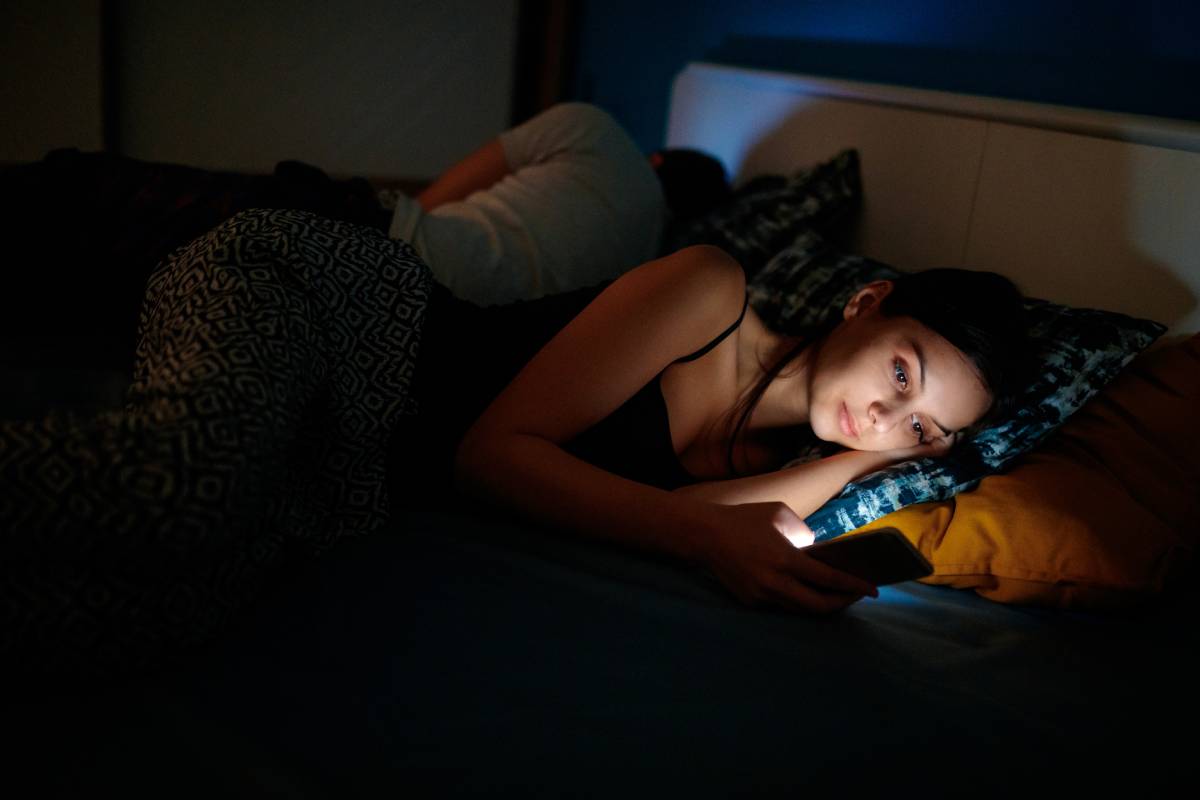Insomnia is the most prevalent sleep disorder in America, with 6-10% of Americans meeting the criteria for an insomnia disorder and a third of the population experiencing transient, acute or chronic insomnia annually.1 While insomnia and persistent sleep loss are significant risk factors for cardiovascular morbidity, mental illness, substance abuse and impaired functioning, there are also significant side effects and risks associated with the sedatives commonly prescribed to treat insomnia.2 Surveys conducted by the NCHS estimate that about 4% of the American population uses prescription sleep aids and the majority of those prescriptions are written for three sedative classes: benzodiazepines, “Z-hypnotics” (nonbenzodiazepines) and antidepressants.3
The two most prevalent classes of sedatives are benzodiazepines (nitrazepam, temazepam, diazepam, lorazepam) and Z-hypnotics (zopiclone, zaleplon, zolpidem) which both function as g-aminobutyric acid (GABA) agonists. Both classes of drugs have comparable adverse side effects which include headaches, confusion, cognitive impairment, and blurred vision.4 However, meta-analyses of several major randomized control trials have found that these side effects are less severe and occur at a lower rate in Z-hypnotics than in benzodiazepines.5
Both benzodiazepines and Z-hypnotics present an elevated risk for elderly patients, whose reduced renal and hepatic capacity may prolong drug metabolism and elimination. Both drugs have been shown to greatly increase the likelihood of injuries or falls.4 Additionally, it should be noted that the myorelaxant effects of benzodiazepines are known to be up to forty times more powerful than those of Z-hypnotics which may leave elderly patients with respiratory pathologies at risk of respiratory depression.6
In terms of potential for abuse, it is estimated that approximately 20% of patients taking benzodiazepines develop a physical dependency on the drug and over 30% have difficulty stopping or reducing their dosage.4,7 In contrast, it has been demonstrated in several studies that, although there is still a risk of dependence on Z-hypnotics, the risk is far lower. As a result of the potential for addiction and abuse in both drugs, it is recommended that the course of use of either class of sedative for sleep disorders be limited to a maximum of four weeks.5
Finally, the third class of sedatives is antidepressants. Tricyclic antidepressants (TCAs) are often used to treat insomnia, both for their mild sedative effects as well as for their ability to treat depression, a common underlying cause of insomnia.8 Although TCAs are considered to carry low risk of addiction, their side effects can include anticholinergic effects, some daytime impairment and the risk of serotonin syndrome if taken above the prescribed dosage.9
Due to the side effects and risks associated with each class of sedative, non-pharmacological behavioral treatments generally remain the first preference of physicians treating sleeping problems. Long-term use of any sleep medication is associated with less restorative sleep and dependency on the sedative agent to induce sleep or to stay asleep. As acute cases of insomnia often resolve themselves upon the elimination of the causal stressor, physicians generally encourage patients to first attempt relaxation training, improvement of sleep hygiene and cognitive therapies.8 Non-pharmacological treatment has been found to improve symptoms of insomnia in 70-80% of patients.10
If nonpharmacological treatments fail, or the patient is experiencing significant distress or daytime dysfunction as a result of their sleeping problems, treatment with sedatives may be necessary.8 The current literature suggests that benzodiazepines are more risky than Z-hypnotics. Antidepressants present still lower risk but are generally only effective in cases of insomnia concomitant with depressive symptoms. In conclusion, sedatives remain a necessary tool in the treatment of sleep disorders, however, due to their associated risk factors, the dosage and duration of sedative use should be minimized.11
References
- American Psychiatric Association. Diagnostic and Statistical Manual of Mental Disorders: DSM-5. 5th ed. American Psychiatric Association; 2013.
- Medic G, Wille M, Hemels ME. Short- and long-term health consequences of sleep disruption. Nat Sci Sleep. 2017;9:151-161. doi:10.2147/NSS.S134864
- Products – Data Briefs – Number 127 – August 2013. www.cdc.gov. Published June 7, 2019. Accessed October 26, 2020. https://www.cdc.gov/nchs/products/databriefs/db127.htm
- Taylor D, Barnes TRE, Young AH. The Maudsley Prescribing Guidelines in Psychiatry. Wiley; 2019.
- Wilson SJ, Nutt DJ, Alford C, et al. British Association for Psychopharmacology consensus statement on evidence-based treatment of insomnia, parasomnias and circadian rhythm disorders. J Psychopharmacol. 2010;24(11):1577-1601. doi:10.1177/0269881110379307
- Montplaisir J, Hawa R, Moller H, et al. Zopiclone and zaleplon vs benzodiazepines in the treatment of insomnia: Canadian consensus statement. Hum Psychopharmacol. 2003;18(1):29-38. doi:10.1002/hup.445
- National Institute for Health and Care Excellence (NICE). Guidance on the use of zaleplon, zolpidem and zopiclone for the short-term management of insomnia. Technology appraisal guidance (TA77). London: NICE, 2004. https://www.nice.org.uk/guidance/ta77/resources/guidance-on-the-use-of-zaleplon-zolpidem-and-zopiclone-for-the-shortterm-management-of-insomnia-pdf-2294763557317
- Pagel JF, Parnes BL. Medications for the Treatment of Sleep Disorders: An Overview. Prim Care Companion J Clin Psychiatry. 2001;3(3):118-125. doi:10.4088/pcc.v03n0303
- Signs & Symptoms of Trazodone Overdose. American Addiction Centers. Published February 4, 2020. Accessed October 26, 2020. https://americanaddictioncenters.org/trazodone-abuse/trazodone-overdose-signs-symptoms
- McCall WV. Diagnosis and management of insomnia in older people. J Am Geriatr Soc. 2005;53:S272-S277. doi:10.1111/j.1532-5415.2005.53393.x
- Agravat A. ‘Z’-hypnotics versus benzodiazepines for the treatment of insomnia. Progress in Neurology and Psychiatry. 2018;22(2):26-29. doi:10.1002/pnp.502

